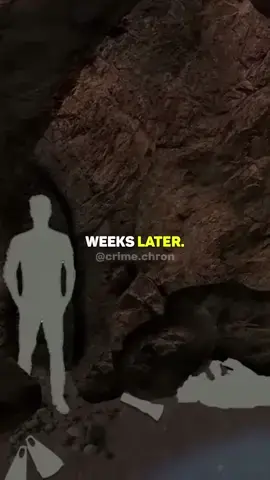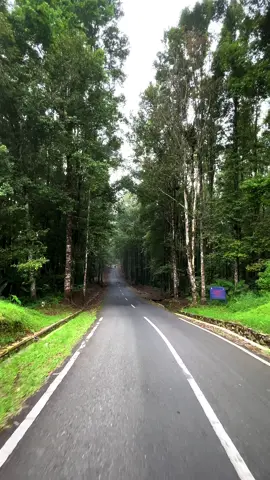ALi
Region: SA
Wednesday 11 September 2024 12:09:37 GMT
152784
7259
59
963
Music
Download
Comments
مٌ :
اسرق الفيد عادي،😔؟؟
2024-09-17 17:55:23
0
شهد :
كم درجة الحراره؟ احسها تفرق بالبلومنق
2024-09-12 06:43:11
7
H🪽 :
ويمكن مانحب بعض طيب😝😂😂
2024-11-06 23:41:58
1
AbdulKarim⚑ :
مبدع دايم 👏🏻
2024-09-12 01:42:08
8
رزان. :
البلومنق🤎.
2024-09-11 17:31:01
9
رَارَ🎀 :
ويمكن انت تحبني 🫂💗💗💗
2024-09-12 14:27:31
7
Sahar :
اعشق هالاغنيه اعطيتك لايك عشانها 😴♥️
2024-09-12 05:11:40
6
hind_401 :
ويمكن محد يحب احد
2024-09-12 21:18:54
5
To see more videos from user @zxpaa, please go to the Tikwm
homepage.





